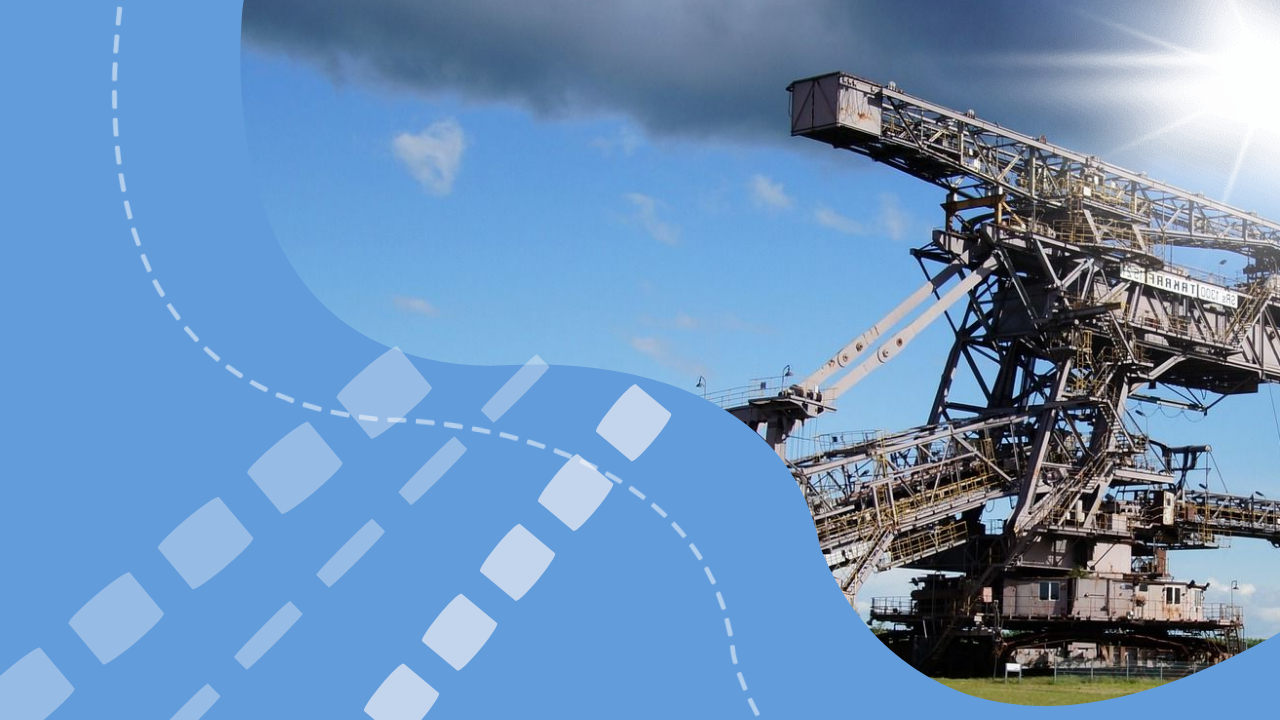At a meeting with the management of the Georgian Manganese company, the miners failed to achieve their demands for increased wages, and the mine workers continued the strike.
As the ” Caucasian Knot ” wrote , on December 1, employees of the Darkveti mine stopped working, demanding that the Georgian Manganese company fulfill its promise to transfer them to a 12-hour work schedule and increase their salaries. About 800 workers from other mines of the company joined the miners’ action. On December 2, workers at 13 mines in Chiatura stopped work, supporting the demands of their colleagues from Darkveti.
In June, workers at the Chiatura mines went on strike, demanding decent pay and better working conditions from the Georgian Manganese company. They later moved on to street protests, joined by the miners’ families. On June 13, 10 strike participants went on a hunger strike, and several participants injured themselves. On June 24, miners and company management reached an agreement to end the strike and hunger strike. Management promised to increase wages first by 5%, then to 12%.
The meeting of the strikers with representatives of the management of Georgian Manganese, which took place on December 2 at the company’s office and lasted four hours, ended without results; the next round of negotiations is scheduled for Tuesday, December 5. The miners continue their strike, demanding that their demands be met. Already 1,700 Georgian Manganese workers are participating in the strike, the Formula TV channel reported today, the broadcast of which was watched by a Caucasian Knot correspondent.
“The employer agreed to switch to the so-called rotational mode five months ago, although the condition remained unfulfilled. The employer does not agree to pay us 164 lari ( about 60 dollars – Note by the Caucasian Knot ) for a 12-hour shift,” he said aired on the TV channel miner Tariel Mikatsava.
Miner Mirza Loladze also voiced his dissatisfaction in a TV report. “We were given a promise to raise wages during the end of the strike. Why did they give us a promise that they are not going to keep?” – he said.
Let us recall that in April 2021, the work of all 13 mines for the extraction of manganese ore in Chiatura was stopped due to a strike by miners who demanded a 50% increase in wages. That same month, all 3,700 Georgian Manganese miners ended their strike and returned to work. The company increased the salaries of all miners from May 1, 2021, but only by 25% .
Georgian Manganese is the country’s largest manganese ore mining company. It owns 11 mines and a processing plant. It includes the Zestafoni Ferroalloy Plant, the Chiatura Mining and Processing Plant (ChGOK), the Vartsikhe 2005 hydroelectric power station and the Feromedi clinic. The company is a leading manufacturer and exporter of high quality ferroalloys.

